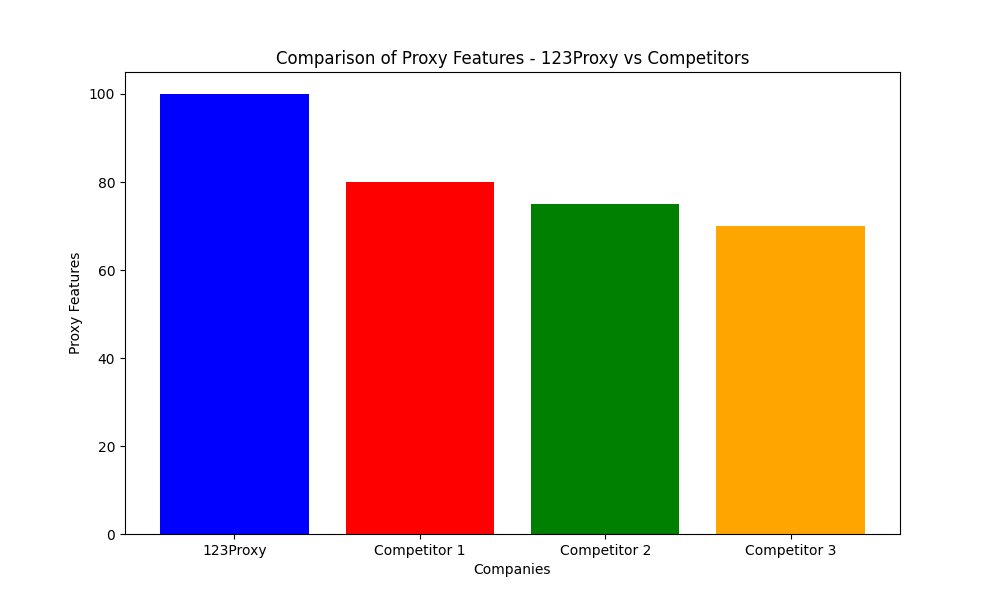Key Takeaways:
| 1. Configuring proxy settings on Mac OS is essential for security and accessing region-restricted content. |
| 2. Users can access network settings on Mac OS through the Apple menu and System Preferences. |
| 3. Detailed instructions on selecting a network service, accessing proxy settings, and making necessary changes are provided. |
| 4. Proxy Auto-Configuration (PAC) files can be used to configure proxy server settings automatically. |
| 5. Resources for manually changing proxy settings and utilizing specific types of proxies such as HTTP/s or FTP are available. |
| 6. Tips are given on managing network proxy configurations effectively through browsers or System Preferences on Mac OS. |
1. Introduction
Configuring proxy settings on Mac OS devices is crucial for ensuring security and accessing region-restricted content. By setting up proxies, users can enhance their online privacy, bypass geo-blocking restrictions, and improve network performance.
2. Accessing Network Settings
To access network settings on Mac OS, follow these steps:
- Click on the Apple menu.
- Select System Preferences.
- Click on Network in the sidebar.
3. Configuring Proxy Settings
Once in the Network settings, follow these detailed instructions:
- Choose a network service on the right side of the window.
- Click on the Details button.
- Click on Proxies.
- Make the necessary changes to configure your proxy settings.
4. Using Proxy Auto-Configuration (PAC) File
To configure proxy settings automatically using a PAC file, follow these steps:
- Obtain the URL for the PAC file.
- Open System Preferences on your Mac.
- Click on Network.
- Select the network service you want to configure.
- Click on Advanced.
- Go to the Proxies tab.
- Check the box next to Automatic Proxy Configuration.
- Enter the PAC file URL in the provided field.
- Click OK to save the changes.
5. Alternative Methods
In addition to using PAC files, there are other methods for configuring proxy settings:
- Manually change proxy settings: Users can manually enter proxy server details in the Network settings.
- Utilize specific types of proxies: Users can set up HTTP/s or FTP proxies for different needs.
6. Managing Proxy Settings
Effective management of proxy settings is key to optimizing network configurations. Consider these tips:
- Configure proxy settings through browsers: Some browsers offer built-in options to manage proxy configurations.
- Use System Preferences: Mac OS provides a user-friendly interface in System Preferences to handle proxy settings efficiently.
For users looking to enhance their online activities and network connections, utilizing tools like Unmetered Residential Proxies from 123Proxy can provide a secure and reliable solution. With a 50M+ IP pool and high-quality real residential IPs from 150+ countries, these proxies offer unlimited traffic for various proxy needs.
